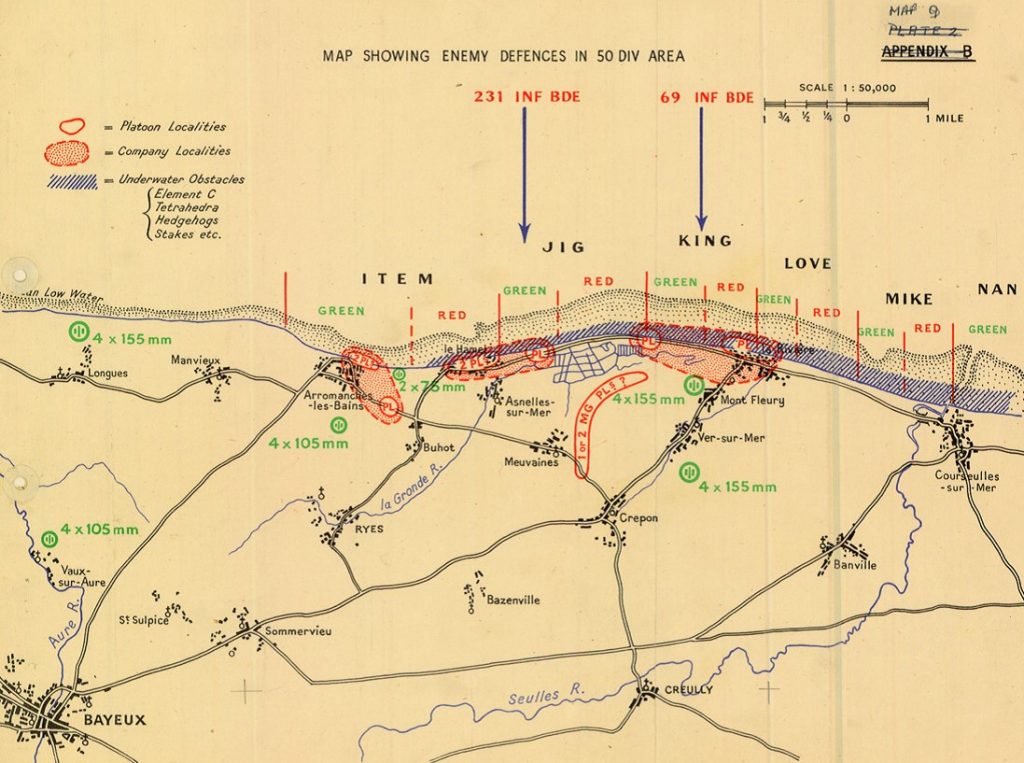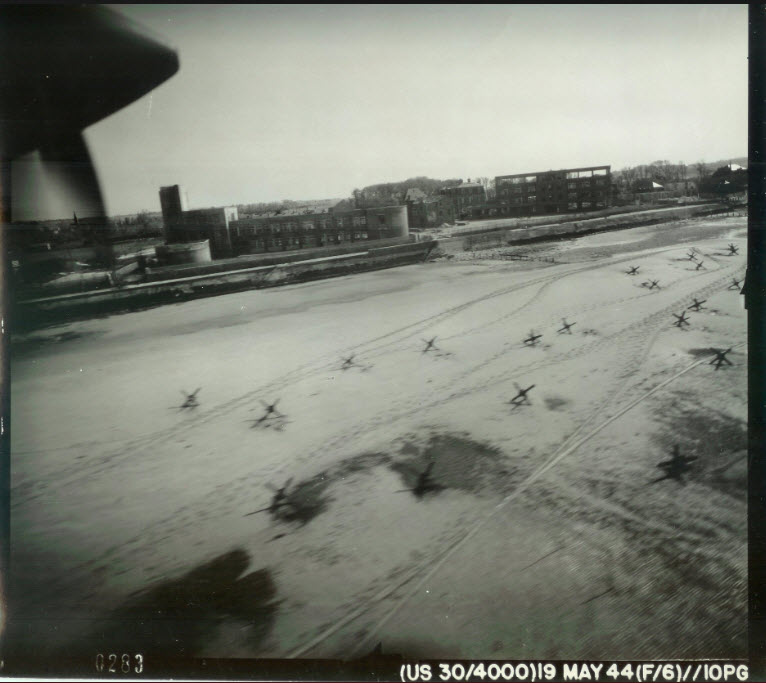Origin
Created in 1881 from what had previously been the North (37th) and South (67th) Hampshire foot regiments, The Hampshire Regiment fielded battalions in the Second Boer War, WWI and WWII, was retitled as The Royal Hampshire Regiment after WWII and eventually it would be amalgamated in 1992 as part of the Princess of Wales Royal Regiment today.
The Second World War
The regiment fielded over 10 Battalions (350-600 men) in various theaters of the war. Many of these would be folded into other units, or used to reinforce existing battalions, but the 1st Battalion, 2nd Battalion, 128th Brigade (1/4th, 2/4th, and 5th Battalions), and 7th Battalion had combat experience in North Africa, Italy and Northwest Europe
The 1st Battalion
As living historians, we have to narrow our focus to the story of a few soldiers that represent the larger whole. The experiences of the 1st Battalion are a great example in that they were traditional infantry soldiers, bolstered by large numbers of young conscripts, and thrust into the extraordinary and rapidly changing crucible of global combat.
The Middle East and Malta
At the opening of the war, the battalion was on foreign service in Egypt and Palestine. Soon it was guarding Italian prisoners captured in the early thrusts of desert warfare.
By 1941, the Battalion along with the 1st Dorset, and 2nd Devonshire battalions were moved to Malta. There they endured a tedious and at times dangerous siege by Italian and German air power. Food and amenities were scarce for the better part of 18 months until successes in North Africa opened better supplies to both Malta’s people and its defenders.
These 3 battalions formed a cohesive unit but lacked the accompanying equipment (mortars, light artillary, vehicles and support staff) of a full brigade. In early 1943 the 1st, and the rest of this new “231st Brigade” were moved to Egypt to receive assault training, equipment, and personnel to be ready for full brigade operation.
Sicily and Italy
In July 1943 as part of Operation Husky, the 1st Battalion Hampshires were part of the first wave of invaders into Sicily, fighting German forces for the first time. The battalion suffered considerable casualties but managed to obtain all of its objectives in conjunction with other parts of the brigade.
With this assault experience, the brigade was used to spearhead the landings in Italy before being reassigned to the 50th Infantry Division and sent to the UK.
Home and D-Day
While the battalion was home for the first time in many years, it was to be short-lived. The 50th along with the 3rd Division would form the infantry portion of the D-Day invasions.

The 50th was assigned Gold Beach, in the center of the landing zones, and the 1st Hampshire would be on the right-most (west) beach zone, Jig-green the sub zone.
Hampshires landed under withering fire seen little elsewhere on the British sectors. Conditions and progress more closely resembled the fierce scramble for a foothold on Omaha several miles west.
A major source of trouble was a large and sturdy hospital on a hilltop to the west and the lack of tank support.

Eventually, with assistance from other elements of the brigade, Hampshires skirted the town and were able to take the hospital and other German positions from the South.
Battered, but unbroken the battalion took its objective by the end of the day: The Town of Arromanches, the unscathed village and seawall that would serve as a landing platform for the Mulberry mobile dock yard. It would cost the Hampshires 182 casualties, 64 of them dead, including several members of senior staff and veteran soldiers. Many who survived said that the cohesion was never quite the same.
A Slugging Match in Normandy
Regardless of the early setbacks, the battalion would move inland and take several more villages in Normandy’s bocage country. The Hampshires, like many infantry forces, found themselves up against veteran German armored units who used the bocage hedgerows as a dense labyrinths of ambush scenarios and false feints.
Progress came to a standstill north of Villiers Bocage near a town called Hottot. As Allied Divisions continued to disembark and organize on the beaches, the battalion would take and retake this village and surrounding areas until July 11 when a major attack by British forces forced its way into new territory. The 1st was pulled out of the line for the first time since June 6th before being quickly returned with green reinforcements.
Intense fighting would continue as the August 1944 dragged on reducing companies to platoon strength before reinforcements. This stalemate would not be broken until American forces to the South and East turned the front-line into an encircling motion, creating the Falaise Gap.
Belgium and The Netherlands
The German resistance in France may have been exhausted but so were the British divisions that had led the charge and held the line since D-Day. The 1st Hampshires were typically depleted, reinforced and now battle weary, but they continued to do their part.
Where as in weeks past, they had scrambled and fought for single meadows or farm yards, they now covered miles at a stretch in armored carriers and trucks as German forces were either ensnared or melted back to Germany and the low countries. The brigade was assigned to the Guards Armored Battalion temporarily and was part of the honor guard of British soldiers who would first enter Brussels on the 3rd of September.
By mid-September, the brigade was assigned to guard the corridor for armor to advance in the doomed Operation Market Garden; leapfrogging up the corridor to cover the armored advance but ultimately seeing little action.
In the wake of Market Garden’s failure the brigade was deployed at the bridgehead to defend the now salient territory. A few attacks were mounted to attempt to expand this area but proved fruitless and were met with fierce counter attacks as emboldened German forces attempted to remove this thorn in the battle lines. October 5th was a particularly disastrous day for the battalion as an attack across a canal was met with ambush and then counter attack by German forces. More than a few Hampshires are buried at Oosterbeek cemetery with October 5th on their memorials.
Returning Home
This holding action and battering was the final straw for the Battalion and the division. Military command selected the 50th to be broken up and the majority of its veteran and depleted units to be sent home. The 50th, the 1st Hampshire Battalion would be a training formation for the rest of the war, with many of its young and able soldiers reassigned to finish out the war.
From D-Day to the end of November 1944, the Battalion would suffer over 1,281 casualties, 231 of them killed. An almost 120% casualty rate.